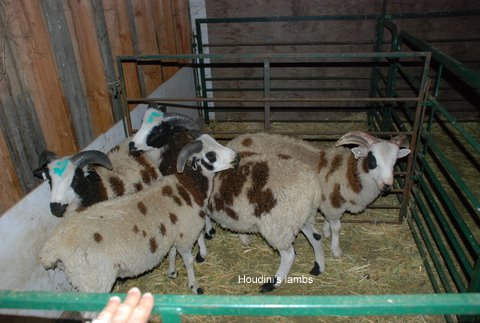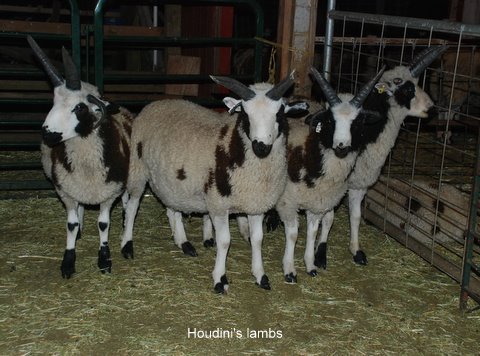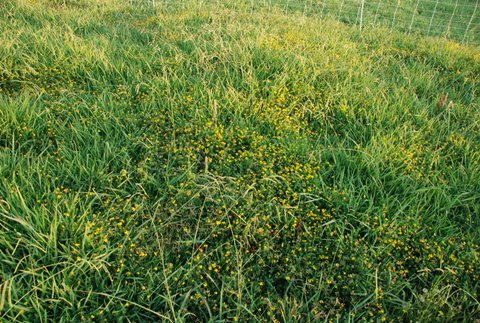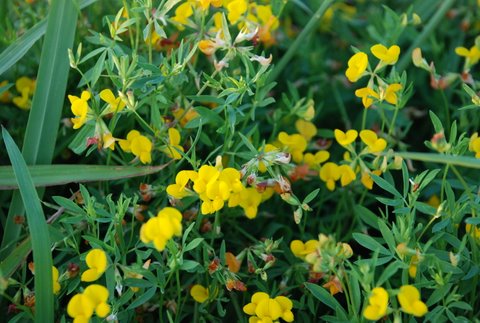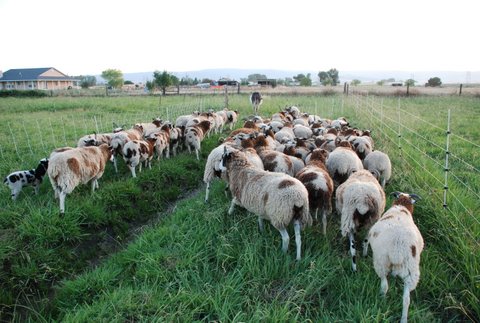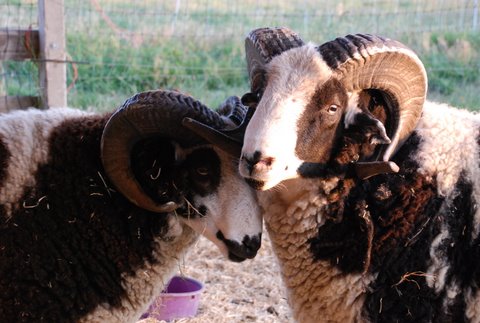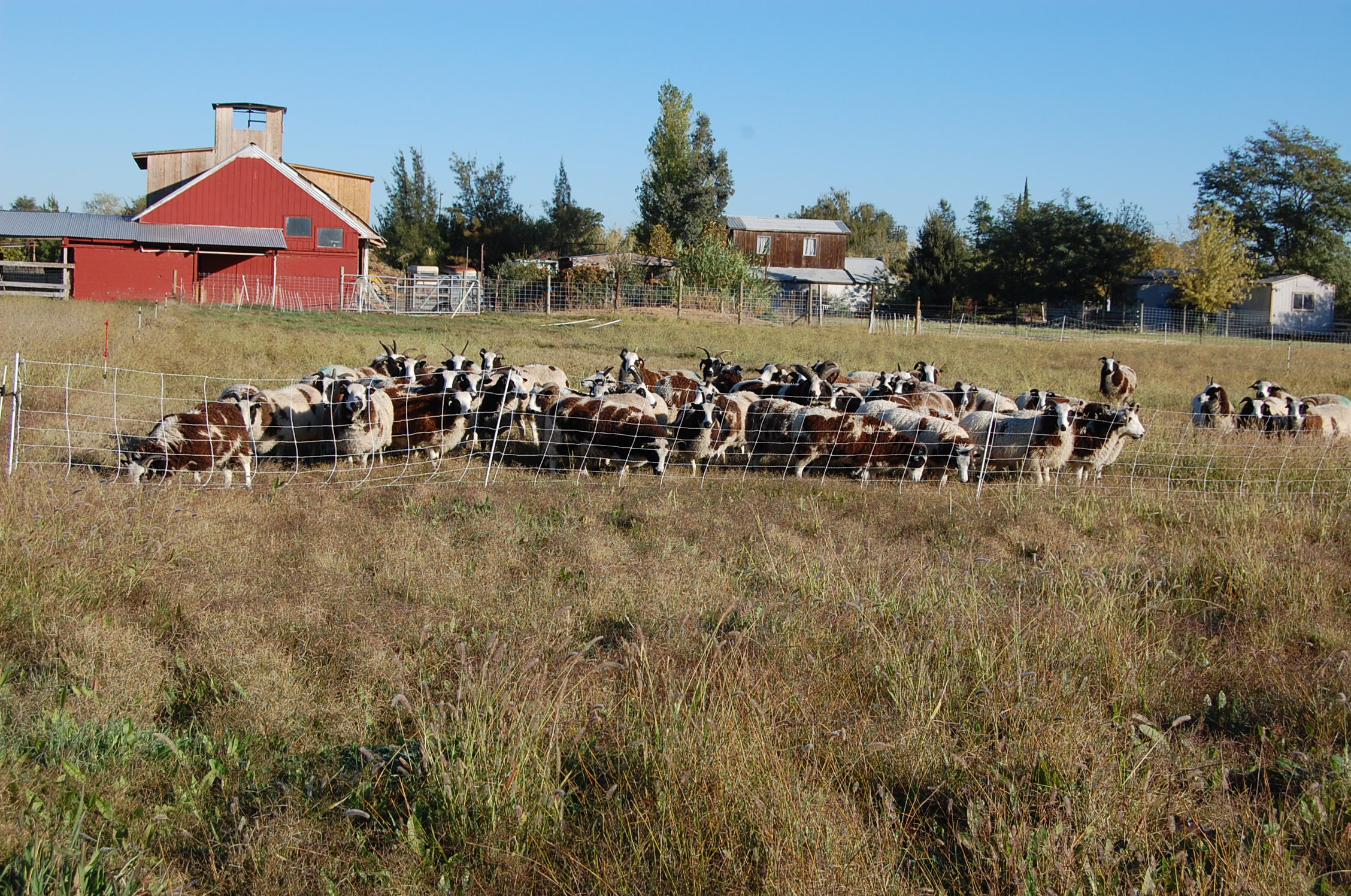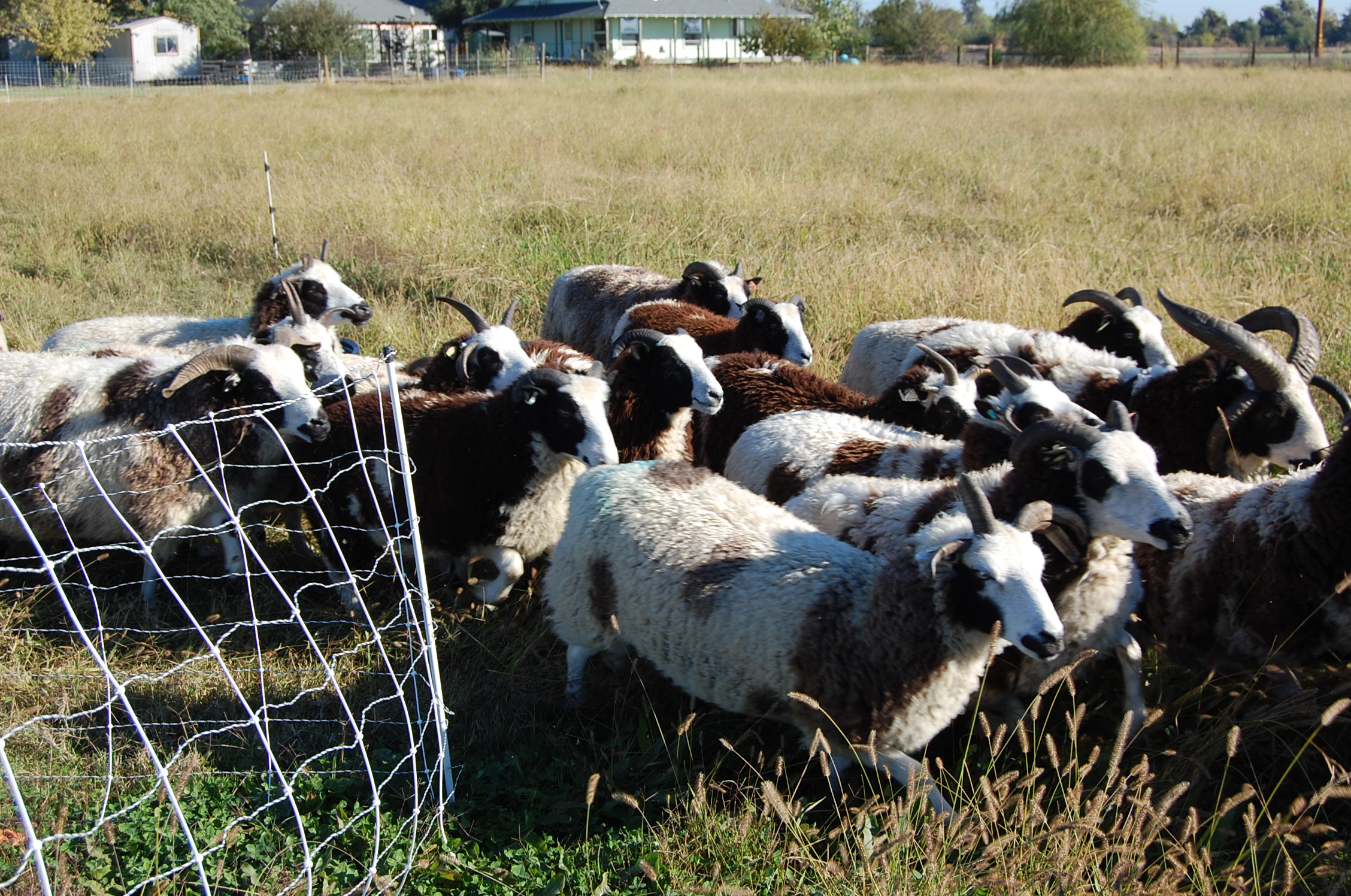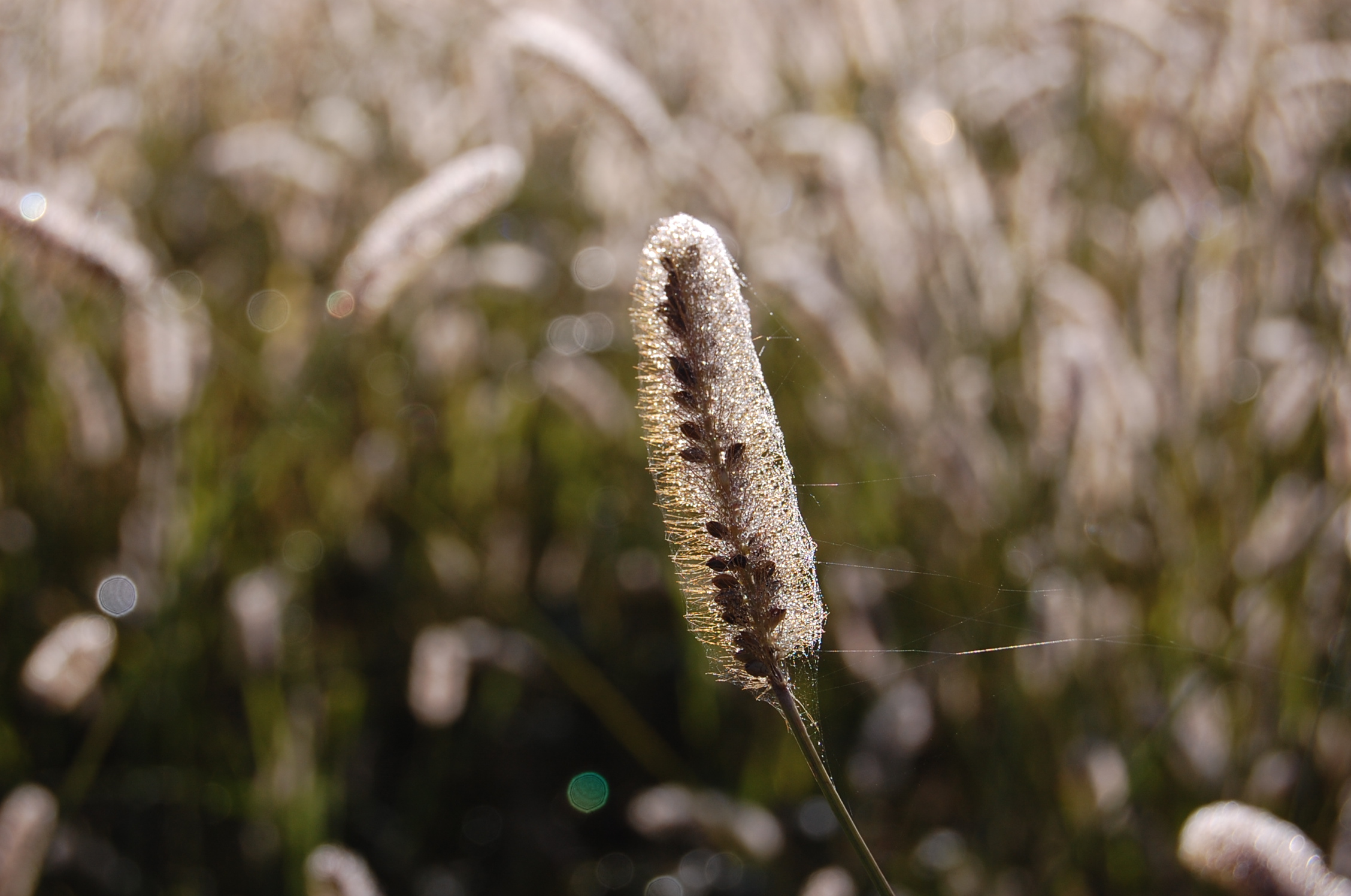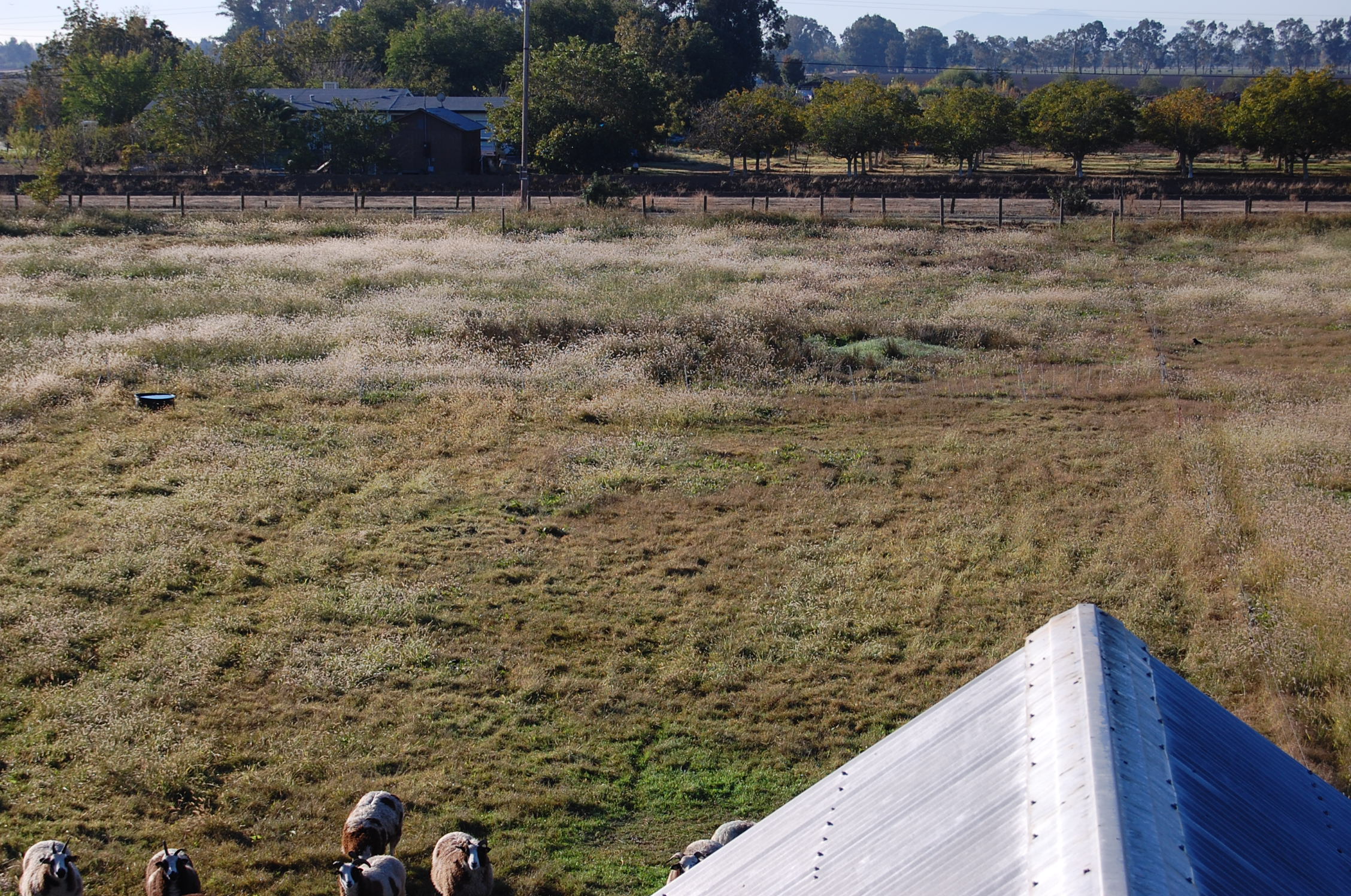Revisiting the pasture
/I have irrigation water coming on tomorrow morning at 7 a.m. (It comes through Solano Irrigation District and I have to call when I want the water "on"--in my ditches.) Irrigation has been a struggle this year. Even with the water on for 36 hours there are some paddocks that have died back because I can't get water to them. Part of the problem is probably the old culvert--too deep and too small. It is half filled with mud that I can't get out. I taught a weaving class today but after that we went out to tackle the problem.
 Dan dug the culvert out with the tractor.
Dan dug the culvert out with the tractor.
 For tomorrow's irrigation the water will be running through the ditch. Eventually we need to replace the culvert with a bigger one.
For tomorrow's irrigation the water will be running through the ditch. Eventually we need to replace the culvert with a bigger one.
 After setting up the tarps to keep the water in the ditches I checked the paddock where I experimented with burning medusahead. This is the plot that my son burned early in the season. He didn't think it was effective but the medusahead is still gone.
After setting up the tarps to keep the water in the ditches I checked the paddock where I experimented with burning medusahead. This is the plot that my son burned early in the season. He didn't think it was effective but the medusahead is still gone.
 The area of trefoil is where I burned the medusahead that was growing over it. This is some of the area that got water but that medusahead is still thick. I hope the pasture plants will choke it out.
The area of trefoil is where I burned the medusahead that was growing over it. This is some of the area that got water but that medusahead is still thick. I hope the pasture plants will choke it out.
This is some of the area that I haven't been able to irrigate. Not much forage there and look at the medusahead cover.
Medusahead closeup.
 Here is the trefoil that would be a wonderful replacement for the medusahead. Hopefully irrigation will go a little better tomorrow and we'll get water on those dry areas.
Here is the trefoil that would be a wonderful replacement for the medusahead. Hopefully irrigation will go a little better tomorrow and we'll get water on those dry areas.













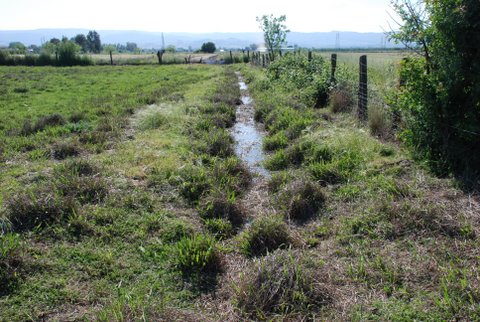
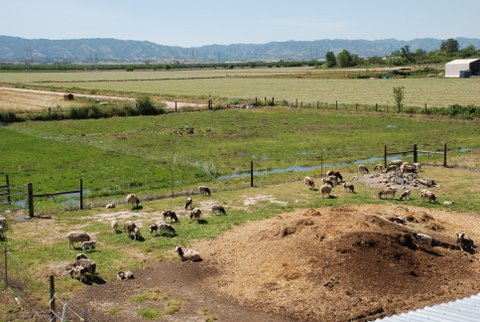
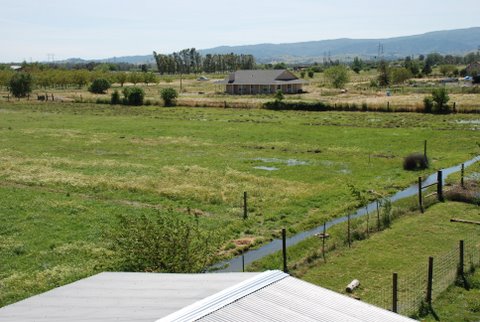
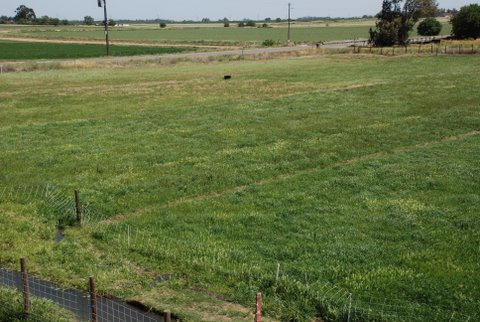
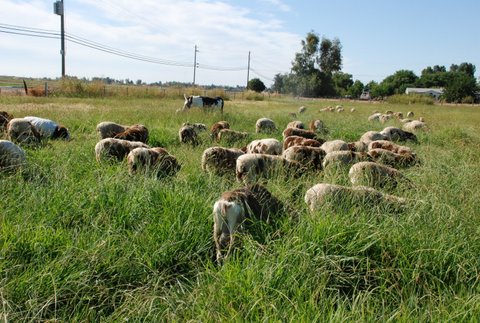
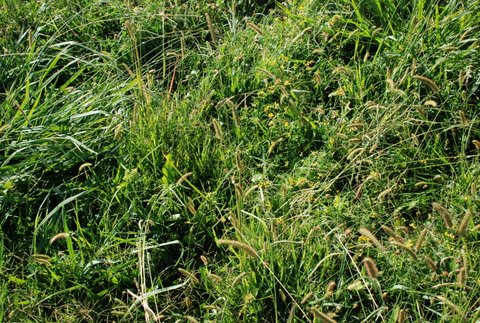

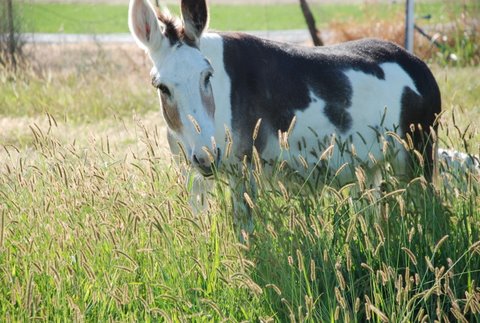

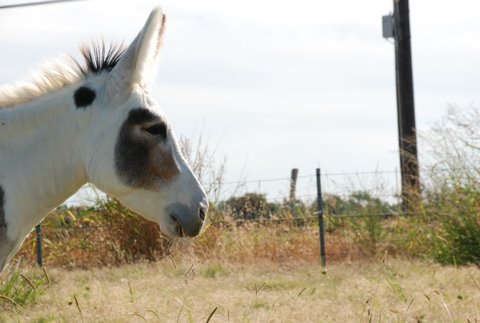
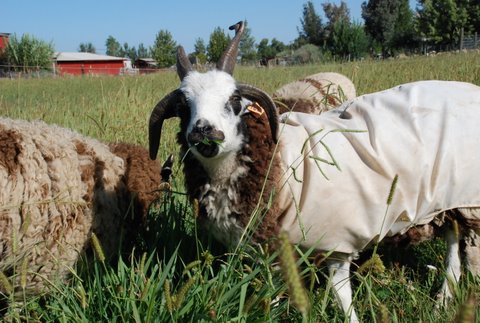


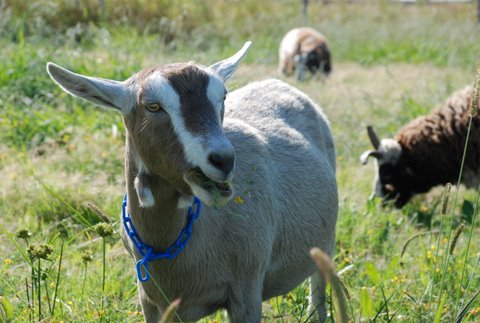
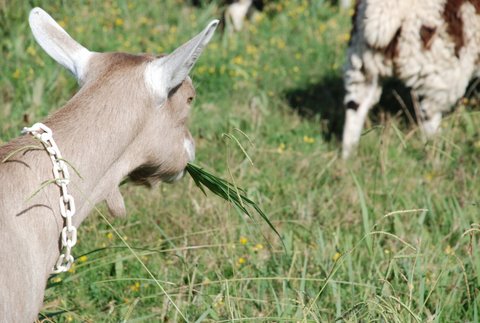
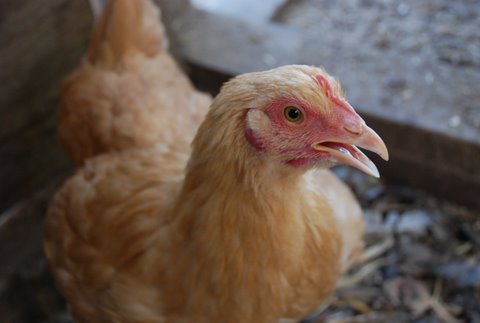 This is Goldie, the chicken that likes me. She runs to me and expects to be picked up when I open the chicken house door. She is hot, like the rest of us. The TV news people love it because they get to say "triple digits". Of course they're inside their air conditioned offices.
This is Goldie, the chicken that likes me. She runs to me and expects to be picked up when I open the chicken house door. She is hot, like the rest of us. The TV news people love it because they get to say "triple digits". Of course they're inside their air conditioned offices.